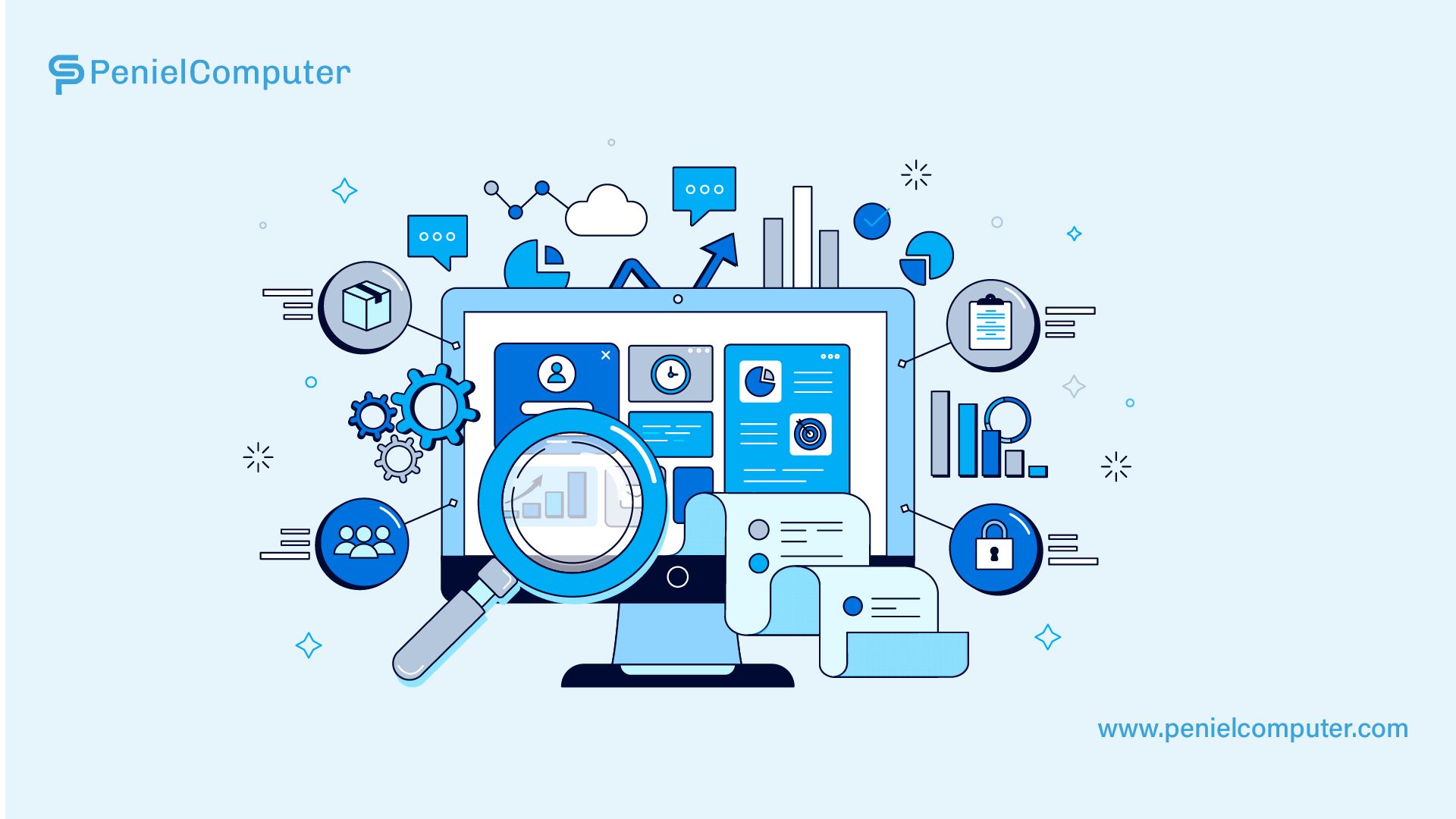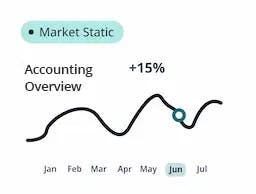
Admin
2024-01-16

Outsourcing within the manufacturing industry is of paramount importance, as it enables companies to entrust specific tasks to external entities. Explore how version 14 of ERPNext seamlessly integrates this streamlined process.
Contact us?
Outsourcing certain activities plays a pivotal role in the manufacturing industry. It&pos;s because it offers benefits like access to specialized skills and expertise, cost-effectiveness, and enhanced flexibility. It allows companies to delegate particular tasks or projects to external entities.
You can efficiently manage the lifecycle of a few subcontracted items using spreadsheets. However, a company needs to monitor dozens or even hundreds of subcontracted items. For this reason, specialized software like ERPNext Oman becomes essential to manage all these outsourced components in a centralized manner.
Up to version 14 of ERPNext, the standard subcontracting process remained consistent. It involved transferring raw materials via a Stock Entry of the 'Send to Subcontractor' type and receiving the processed goods by generating a Purchase Receipt.
Configuring the Items
Before Spindl can initiate a subcontracting process, it's imperative to configure the items within the system. The company needs to create item records for the required raw materials. Separate records are necessary for the finished or semi-finished product. Also, an additional non-stock item must be created for procuring subcontracting services.
Defining the Bill of Materials (BOM)
With the company's items in place, the next step involves setting up the Bill of Materials (BOM) for the final product. Let's consider the sweatshirt as an example. In this case, the Bill of Materials (BOM) will be set up. Within the BOM, the raw materials section will include the unprocessed items. Since the subcontractor will perform the operations, there's no need to add specific operations to the BOM.
Initiating the Subcontracting Cycle
The company commences the subcontracting workflow by creating a Purchase Order for the previously defined service item. Additionally, the finished product is selected within the items table. The rate specified in the Purchase Order corresponds to the cost of the subcontracting service provided. To differentiate a subcontracted Purchase Order, you enable the 'Is Subcontracted' flag. Again, you select a Supplier Warehouse. Once the Purchase Order is submitted, the company generates a downstream document - the 'Subcontracting Order' using the create button. This document serves to monitor the supply and consumption status of the company's materials.
Furthermore, the company can use the Subcontracting order to initiate the transfer of raw materials to the subcontractor's location via a stock entry of type 'Send to Subcontractor'. After transferring raw materials and completing necessary operations, they can use the same document, the Subcontracting Order, to initiate a 'Subcontracting Receipt'. This subsequently allows the company to receive the finished goods in a designated warehouse.
After submitting the Subcontracting Receipt, the company can return to the initial Purchase Order and conclude it by generating a Purchase Receipt. This Purchase Receipt rather has a specific purpose: it marks the Purchase Order as complete. However, it doesn't affect the company's accounting or inventory.
Lastly, the company can create a Purchase Invoice to account for the subcontracting service provided by the supplier. Thus, effectively finalizing the entire transaction.
Maintaining Quality
Ensuring quality is a critical aspect of subcontracting, as it guarantees that the final product or service adheres to the required standards and specifications. If a subcontractor doesn't meet expected quality standards, it can harm the company's reputation. It can also lead to dissatisfied customers and impact overall profitability. To address this concern, ERPNext provides a solution. It eventually allows the inclusion of specific details in the standard workflow. These details aid in conducting quality control procedures. You can perform a Quality Inspection on the received item. This helps ensure the subcontractor has met the agreed-upon terms and conditions.
In subcontracting, there can be situations that require rework. This can be due to factors like design errors, miscommunication, subpar workmanship, or insufficient quality control. The ERPNext system allows for the return of received goods in case rework is required.
Additional Expenses
Subcontracting can entail supplementary costs that extend beyond the initial service fees. These additional expenses may encompass management costs, overhead expenses, as well as legal and administrative outlays. The company might need to allocate extra resources to oversee and coordinate the subcontractor's work, potentially resulting in unanticipated cost increments. The primary company's responsibilities vary based on the contract terms. They might have to provide resources or reimburse the subcontractor, increasing overhead costs. These expenses include office space, equipment, and utilities. Legal and administrative costs may also rise due to the necessity of creating, reviewing, and negotiating contracts.
In certain situations, it might be imperative to incorporate these overhead expenses into the valuation of the finished products. The system offers flexibility in this regard, allowing for the inclusion of additional costs in the value of finished goods through the Subcontracting Receipt document.
Adaptable Material Consumption
In diverse production scenarios, the quantity of raw materials consumed can vary depending on the specific product's specifications. For example, a chocolate bar with a higher cocoa solids percentage may necessitate more cocoa beans and cocoa butter than a bar with a lower cocoa content. Likewise, a chocolate bar with added ingredients like nuts or fruit may need more of those raw materials. This differs from a plain chocolate bar. Manufacturers must closely monitor their raw material usage. Fluctuations in usage can have a significant impact. This impact extends to production costs and product profitability.
Creating numerous variations of Bill of Materials (BOMs) to accommodate all potential product combinations can pose challenges in terms of accurate management. The system addresses this concern. It allows for two ways of managing material consumption. One way is following the product's BOM strictly. The other is based on the quantity of raw materials transferred to the subcontractor.
The last thoughts
In conclusion, subcontracting can bring several advantages to businesses, including enhanced efficiency, cost reduction, and access to external expertise and resources. Yet, subcontracting comes with its own set of challenges. These include quality control, efficient management of subcontractor relationships, and adherence to legal and regulatory obligations.
To realize the benefits of subcontracting:
- Businesses should evaluate their objectives and needs thoroughly.
- They must choose reliable and skilled subcontractors.
- Clear expectations and guidelines should be set.
- Businesses need to maintain close oversight of their subcontracting activities.
ERPNext provides a comprehensive suite of modules. These modules cover purchasing, accounting, and inventory management. They seamlessly integrate with a company's operations. This integration leads to substantial benefits from subcontracting. By capitalizing on industry expertise, businesses can bolster their competitiveness in the market and achieve heightened success.
Latest News
From Our blog and Event fanpage




